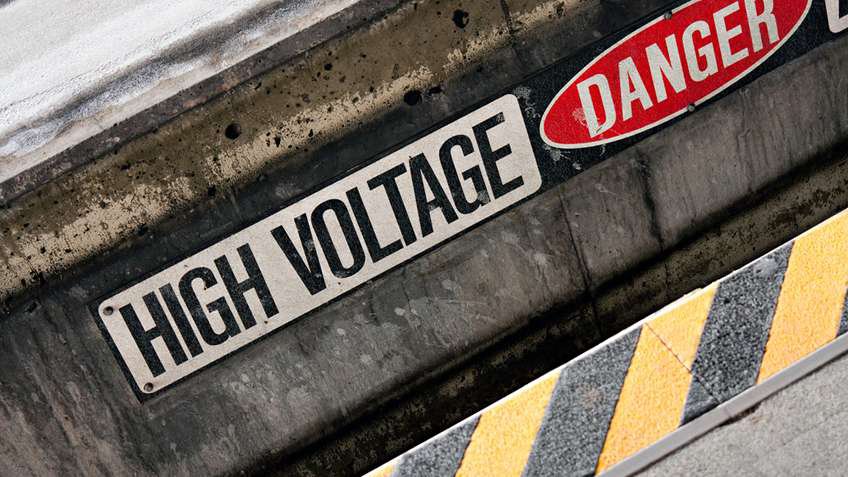Recommended For You
Every 15 seconds, somewhere in the world, a worker dies from a work-related accident or disease, and 160 workers have a work-related accident. Every day, 6,300 people die as a result of occupational accidents or work-related diseases – more than 2.3 million deaths per year. The economic burden of poor occupational safety and health practices is estimated at 4% of global Gross Domestic Product each year.
Today, best-in-class manufacturers realize that the combination of employee behavior, processes and procedures, and technology implementation enable them to achieve 5-7% higher OEE, 2-4% less unscheduled downtime and less than half the injury rate of average performers. These manufacturers share common best practices surrounding three core issues – Culture (behavior), Compliance (procedural), and Capital (technical):
Culture – Safety culture represents company and worker behavior. Safety culture is generally indicative of the broader company culture. Employees who are transparent, accountable and seeking to continually improve with respect to safety will carry those traits into the rest of their work, to the company's benefit – helping improve employee morale and help attract top-quality workers, which will feed into the company's strong culture.
Compliance – Safety compliance represents company procedures. Environmental, Health & Safety (EH&S) and Engineering Departments must collaborate on Culture (EH&S), Compliance (both EH&S and Engineering) and Capital (Engineering). At a minimum, a company should have functional safety standards in place that have been agreed upon by engineering, EH&S, operations and maintenance. Companies must also enforce safe practices from suppliers, since preventable industrial accidents and mistreated laborers increasingly result in supply chain interruptions and represent substantial reputational risk to your brand.
Capital – Safety capital represents company technology, vital to both safety and productivity. Studies show that 74% of best-in-class manufacturers use integrated safety technologies to improve diagnostics and reduce unscheduled downtime. Integrated solutions can be connected to plantwide information systems, giving plant operators visibility into metrics such as downtime reports, and machinery and line efficiency.
While many companies focus solely on procedure and culture – which are also critical – they often ignore the importance of safety technology to keeping workers safe, and to improving productivity. Average performers sacrifice productivity to achieve a safe working environment, while best-in-class performers use safety technology to improve both.
To support this holistic, comprehensive view of safety, Rockwell Automation has introduced the Safety Maturity Index™ (SMI). The SMI is a comprehensive measurement of performance in safety culture, compliance processes and procedures, and capital investments in safety technologies. It helps companies understand their current level of performance and steps they can take to improve safety and profitability.
The SMI helps give manufacturers visibility into their safety programs and the ability to optimize them. It can help an organization measure and evaluate its safety program against the three key pillars – culture, compliance and capital – on a scale of one to four.
This scale ranges from manufacturers “minimizing investment,” to “attaining compliance,” to avoiding costs, to obtaining operational excellence.
- SMI 1: Minimizing investment – For manufacturers who fall into this category, production throughput and cost reduction are the top priorities. There may be high incident rates, high insurance costs, fines and/or employee complaints to government agencies.
- SMI 2: Attaining compliance – For these manufacturers, safety is important, but minimal compliance is the most important part of the safety program. They often use safety technologies such as relays, which separate safety from core or standard machinery operation.
- SMI 3: Cost avoidance – These companies consider safety a high priority but not necessarily a true value. Most safety incidents are reported properly, but some may be discovered after the fact. Compliance processes are established but may be applied inconsistently. Safeguarding technologies are used as a supplement to the standard control system. Safety is the goal, rather than operational excellence.
- SMI 4: Operational excellence – For these manufacturers, safety is considered vital to the health of the business and its employees. Safety is an inherent value, and everyone is held accountable and willingly accepts responsibility for themselves and the safety of their coworkers. Compliance processes are clearly defined, and even suppliers must live up to required safety standards. The company conducts thorough risk assessments, follows the Functional Safety Life Cycle, and uses advanced safety technologies to improve worker safety and OEE.
Where does your company fall within this scale? You can explore our SMI evaluator tool if you want to learn more.
Explore other tools and free downloads on safety here.
Published August 11, 2015


